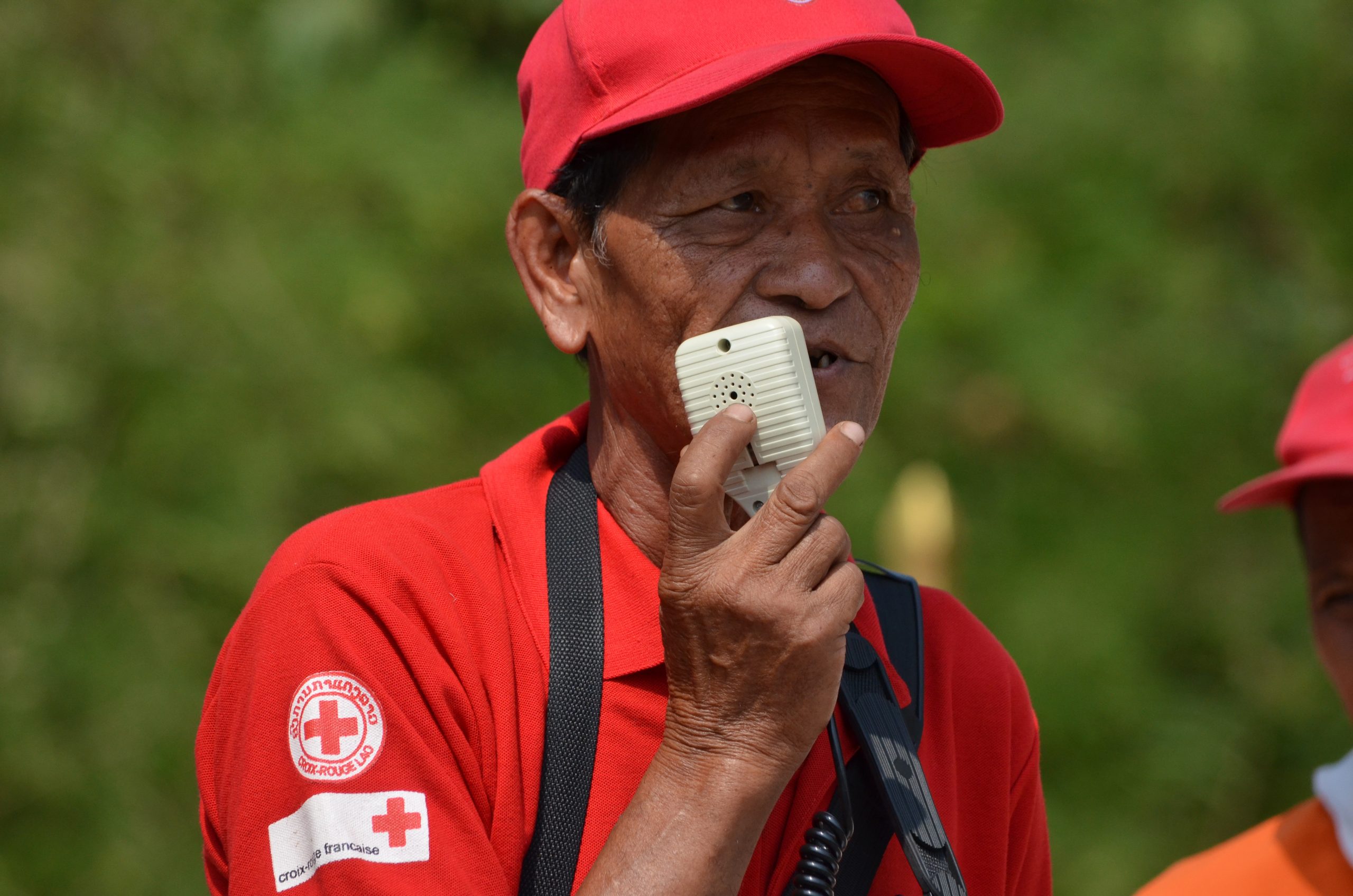Ethiopia: Country Case Study Report / How Law and Regulation Supports Disaster Risk Reduction
Ethiopia is the oldest independent country in Africa, has a total population estimated at 88 million (the third largest population in Africa), and contains over 80 ethnic groups spread over nine regional states and two city administrations, yet despite economic growth and a significant increase in human development over the past two decades, Ethiopia remains one of the world’s poorest countries, ranking 174th out of 187 countries in the UNDP’s Human Development Index. For many, Ethiopia’s
recent history makes the country synonymous with drought, and it is certainly true that this remains the major natural hazard faced by Ethiopia. However Ethiopia also faces hazards such as flooding, forest fires, and tectonic activity including earthquakes, as well as increased vulnerability due to the impact of climate change, which makes the need for strong legal regulation to implement DRR activities all the more pressing.
International Federation of Red Cross and Red Crescent Societies

